 Technology
Technology  Technology
Technology  Humans
Humans 10 Everyday Human Behaviors That Are Actually Survival Instincts
 Animals
Animals 10 Animals That Humiliated and Harmed Historical Leaders
 History
History 10 Most Influential Protests in Modern History
 Creepy
Creepy 10 More Representations of Death from Myth, Legend, and Folktale
 Technology
Technology 10 Scientific Breakthroughs of 2025 That’ll Change Everything
 Our World
Our World 10 Ways Icelandic Culture Makes Other Countries Look Boring
 Misconceptions
Misconceptions 10 Common Misconceptions About the Victorian Era
 Mysteries
Mysteries 10 Strange Unexplained Mysteries of 2025
 Miscellaneous
Miscellaneous 10 of History’s Most Bell-Ringing Finishing Moves
 Technology
Technology Top 10 Everyday Tech Buzzwords That Hide a Darker Past
 Humans
Humans 10 Everyday Human Behaviors That Are Actually Survival Instincts
 Animals
Animals 10 Animals That Humiliated and Harmed Historical Leaders
Who's Behind Listverse?

Jamie Frater
Head Editor
Jamie founded Listverse due to an insatiable desire to share fascinating, obscure, and bizarre facts. He has been a guest speaker on numerous national radio and television stations and is a five time published author.
More About Us History
History 10 Most Influential Protests in Modern History
 Creepy
Creepy 10 More Representations of Death from Myth, Legend, and Folktale
 Technology
Technology 10 Scientific Breakthroughs of 2025 That’ll Change Everything
 Our World
Our World 10 Ways Icelandic Culture Makes Other Countries Look Boring
 Misconceptions
Misconceptions 10 Common Misconceptions About the Victorian Era
 Mysteries
Mysteries 10 Strange Unexplained Mysteries of 2025
 Miscellaneous
Miscellaneous 10 of History’s Most Bell-Ringing Finishing Moves
10 Hot Spots Where Global Conflict Could Erupt
As we have learned from the previous two World Wars, global conflict can begin in unlikely places. For better or worse, it has become all too clear that our modern global political orientation has made the fate of every nation more linked to the fate of other nations than ever before.
Thus, in order to secure their own power, nations such as the United States, China, and Russia continue to maintain a presence in some key strategic areas, often butting heads with one another. Tensions in these areas, as well as others, are high, and some believe that these could be the places where World War III breaks out.
10 Syria
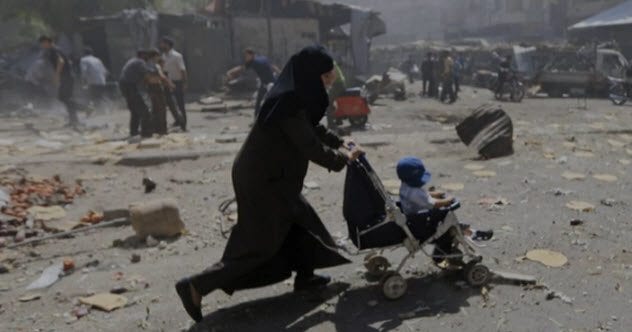
As most are aware, Syria is currently in the midst of an ugly civil war. The conflict began in 2011 when protests against Syria’s president, Bashar al-Assad, and his crackdown on civil liberties escalated into a full-blown rebellion.
Russia and Iran have backed the Assad regime while the United States has supported the antigovernment rebel forces. The war has now been raging for more than five years with little headway being made on either side.
It has, however, created a massive humanitarian crisis due to the hundreds of civilians (men, women, and children) being killed every month. As a result, Syrian refugees are fleeing by the thousands to escape the bloody conflict, creating a refugee crisis which has strained several nations.
The situation is further complicated by the presence of the Islamic State, which has gained territory in Syria. US President Donald Trump has vowed to implement safe zones in Syria, which may include a no-fly zone.
If this no-fly zone were to be implemented, Trump may give US forces the authority to shoot down Russian planes that enter the zone. This could easily escalate the conflict to a global scale, possibly even World War III.
9 Israel
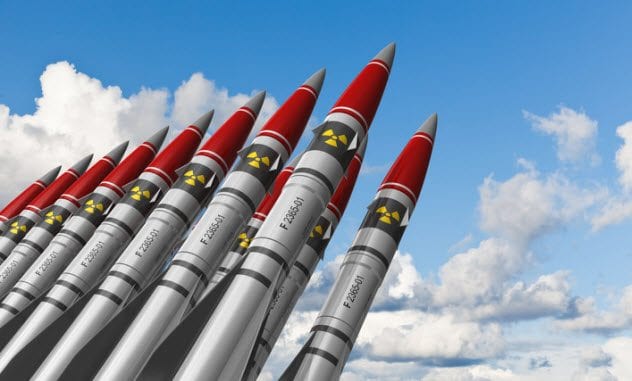
Since its founding in 1948, Israel has had no shortage of enemies. The small Jewish state located between Egypt and Jordan on the Mediterranean Sea is surrounded by a number of Arab Muslim nations, many of which harbor resentment toward Israel for a number of reasons.
Many Arab nations contend that Israel has no right to the territory it is on. Other Arab nations have based their hatred in their theological differences. The result is that Israel has had to fight its neighbors a number of times.
In recent years, Iran, one of Israel’s oldest enemies, has taken steps to obtain nuclear capabilities and possibly nuclear weapons (despite the deal). If Iran obtained nuclear weapons, this would immediately threaten the national security of Israel.
In response, Israel might attack Iran first. If this happened or if Iran launched an attack on Israel, it is highly likely that a war would break out in which the United States and other nations would become involved.
8 The Persian Gulf
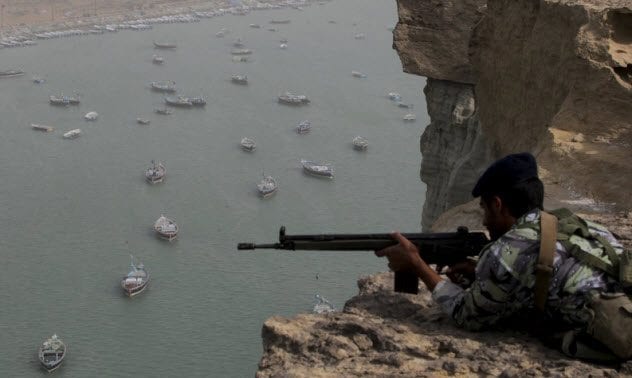
The Persian Gulf has recently become a hot spot of global tension. The Iranian navy has been conducting a series of provocative maneuvers around a number of US warships in the Gulf. In some cases, the US Navy has gone so far as to fire warning shots at the Iranian vessels.
According to some top officials, these actions are part of an intentional effort by the Iranians to heighten tensions in response to frustrations they feel over the ongoing sanctions placed upon them by the US and others. One US naval commander said, “This kind of provocative, harassing technique risks escalation and miscalculation.”
Tensions have only grown since the election of Donald Trump, who has talked of scrapping the Iran deal, and the testing a new ballistic missile by Iran. President Trump has contended that military action is an option that he could use. The Persian Gulf remains a dangerous place where global conflict could erupt.
7 Kashmir
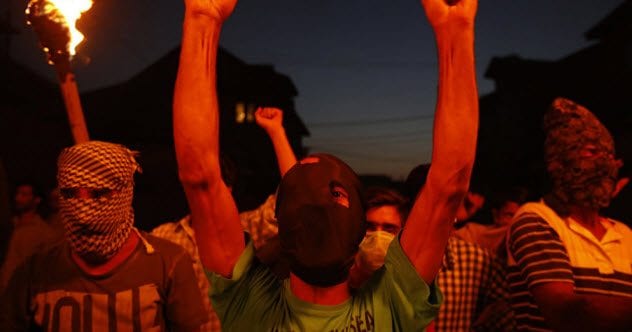
Kashmir is the northernmost region of India. However, Kashmir is predominantly Muslim and many within the area contend that they should be a part of the majority Muslim nation of Pakistan instead of India.
The region has become highly contested with an active separatist movement fighting against Indian control. Several terrorist groups have also become active in Kashmir and have frequently attacked the Indian government.
In response, India has ramped up security forces in the area. At times, Pakistan has harbored and possibly even supported many of these terrorist and separatist groups, which has inflamed the already-contentious relationship between Pakistan and India.
Border skirmishes between the two nations are not uncommon. The situation is complicated by the fact that both India and Pakistan have nuclear arsenals. It is certainly possible that war between the two countries could break out soon, starting in Kashmir.
Similarly, if a war did break out, it is possible that it could escalate to a nuclear level. This would demand attention from global powers such as the United States and China.
6 The Korean Peninsula
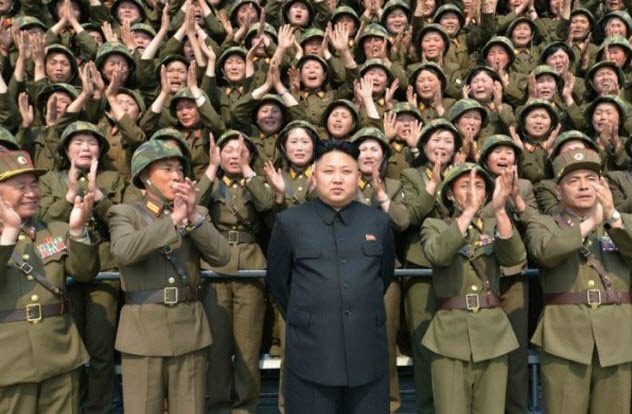
The Korean Peninsula has drawn lots of attention from the international community due to the unpredictable and aggressive nature of North Korean ruler Kim Jong Un. On numerous occasions, North Korea has threatened war with South Korea and the United States.
The United States and South Korea have responded to these threats by keeping a strong military presence in the area on standby. However, things could easily escalate should North Korea continue on its path to developing an intercontinental ballistic missile which could reach the United States.
If North Korea had this capability, they would hypothetically be able to launch a nuclear strike at the United States. There are some who contend that this very real and possible threat to the US would force them into action and, if need be, war.
Similarly, recently appointed US Defense Secretary James Mattis has stated that any attack by North Korea on Japan or South Korea would also incur the full wrath of the US military. However, under the tyrannical rule of the irrational Kim Jong Un, we cannot rule out anything and there remains a high risk that the Korean Peninsula could become the site of the next major global conflict.
5 The South China Sea
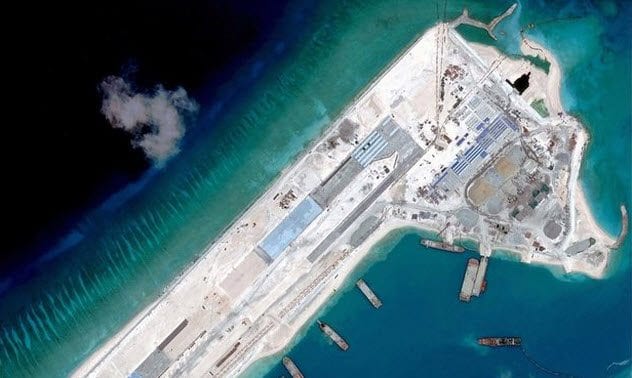
The South China Sea is currently one of the most hotly contested regions in the world. Tensions have arisen over China’s claim that it has “irrefutable” sovereignty over a number of disputed islands and the seas surrounding them in the South China Sea. A number of other nations—including Vietnam, Japan, and Taiwan—have claimed that this is not the case.
The South China Sea is strategically valuable due to its rich natural resources and the military advantage provided by its islands. The situation has only become tenser as China has built a number of man-made islands in the area and an airbase on one of the preexisting islands.
Similarly, the Chinese have also deployed their first aircraft carrier to patrol the area. These territorial claims have not gone unchallenged, however, as the United States has maintained a strong military presence in the South China Sea as well.
Some in Washington have made calls for military action if Chinese expansion in the region continues. It would seem that if a war were to break out between China and the United States, immersing the world in what likely would be the next world war, it would begin in the South China Sea.
4 Taiwan
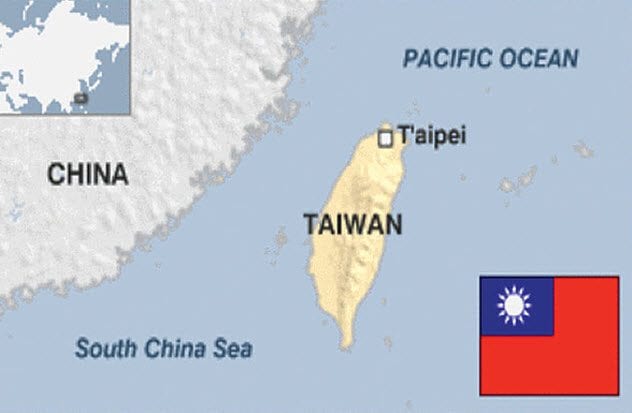
Another point of major contention between the US and China, the two most powerful nations in the world, is Taiwan. Since China’s civil war in the 1940s, Taiwan has been home to the exiled Chinese Nationalist government. Although for all intents and purposes Taiwan functions as an independent nation, it is technically still under the control of the Chinese.
The possibility that China may try to reclaim this rogue territory by force has always been present and has created an atmosphere of incredible tension. The stakes were raised when the United States signed the Taiwan Relations Act in 1979, which brought Taiwan under America’s veil of protection.
However, this has not stopped the Chinese from exercising their power in the area. They have conducted a number of naval and air operations quite close to Taiwan. Especially with the recent election of Donald Trump and his contact with Taiwan (a violation of the “One China” policy), China will be looking to test the resolve of the new US leader.
It goes without saying that any move made by China on Taiwan would lead to certain global conflict between the Chinese and the Americans, the likes of which the world has never seen. Yet it remains a potential reality that both sides continue to prepare for.
3 Latvia
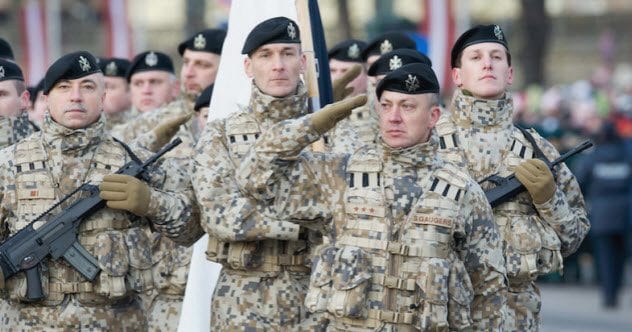
According to Dr. Paul Miller, a national defense expert who predicted the annexation of Crimea, the path to World War III begins in, of all places, Latvia. For those who don’t know, Latvia is one of the Baltic states of Northern Europe bordering Russia to the east and the Baltic Sea to the west.
Miller claims that Putin, after successfully annexing Crimea with relatively little international pushback, has set his sights on Latvia as his next target and will make an aggressive move within the next two years. Miller contends that it will not be a conventional invasion, however.
He believes that Putin will instigate civil unrest among the large number of ethnic Russian Latvians and support them with arms and training. Then, once the fighting and unrest is underway, Putin will step in under the guise of protecting the ethnic Russians in the area.
According to Miller, one of two things will happen from there. In scenario one, the NATO nations will back down and refuse to come to the defense of Latvia. In this case, NATO will be rendered useless and Russia will continue its expansion into Europe.
In scenario two, the United States, as a member of NATO, will come to Latvia’s aid and engage Russia with the assistance of other NATO nations. This very likely would be the beginning of World War III. The international community would be wise to keep its eye on Latvia.
2 The Suwalki Gap

If Russia were to attack Europe, its first move would be to capture the Suwalki Gap. The Suwalki Gap is a 100-kilometer (60 mi) stretch of narrow land in northwest Poland running along the border with Lithuania.
It is a prime target for Russian aggression because it also connects the Russian Baltic enclave of Kaliningrad and the Russian ally Belarus. The Russians have a strong military presence in both regions and could quickly deploy forces into the gap.
If this occurred, the Baltic states (Lithuania, Latvia, and Estonia) would be cut off from their NATO allies and would be surrounded by Russian forces. One of the top US generals in Europe admits that the possibility of the Russians capturing the strategically valuable gap keeps him up at night.
Apparently, the Pentagon shares the general’s fears as it has decided to quadruple its budget for European defense. The buildup of military forces on all sides of the gap, as well as the high number of training operations, makes the area quite dangerous. If a conflict between the West and Russia breaks out, it will likely begin with the Suwalki Gap.
1 Cyberspace

With the ever-evolving nature of technology, the ways we wage war must also change. In our modern world, it has become a distinct possibility that the next global war could begin in cyberspace.
Power plants, satellites, financial markets, military communications, and countless other things essential to our everyday lives rely on the Internet. Therefore, they can all be infiltrated. We have already seen cyberwarfare take place with the Russian hacking of the Democratic National Committee, the use of the virus Stuxnet against Iran, and numerous other instances.
The United States, Russia, and China are all continuing to develop their cyber capabilities and defenses. Just what this will look like remains unclear. What is clear, however, is that cyberwarfare will be a key aspect of any major global conflict to come. It is also the quickest way to attack another nation or group and, therefore, would most likely be the first move in any major offensive campaign.
The political and economic fallout of a successful cyberattack could be truly disastrous and could be the precursor to a large-scale conventional war. The realm of cyberspace and the reality of cyberwarfare should be taken very seriously.
Brad is currently a student studying at Fordham University. He can be reached for questions or comments at [email protected].








